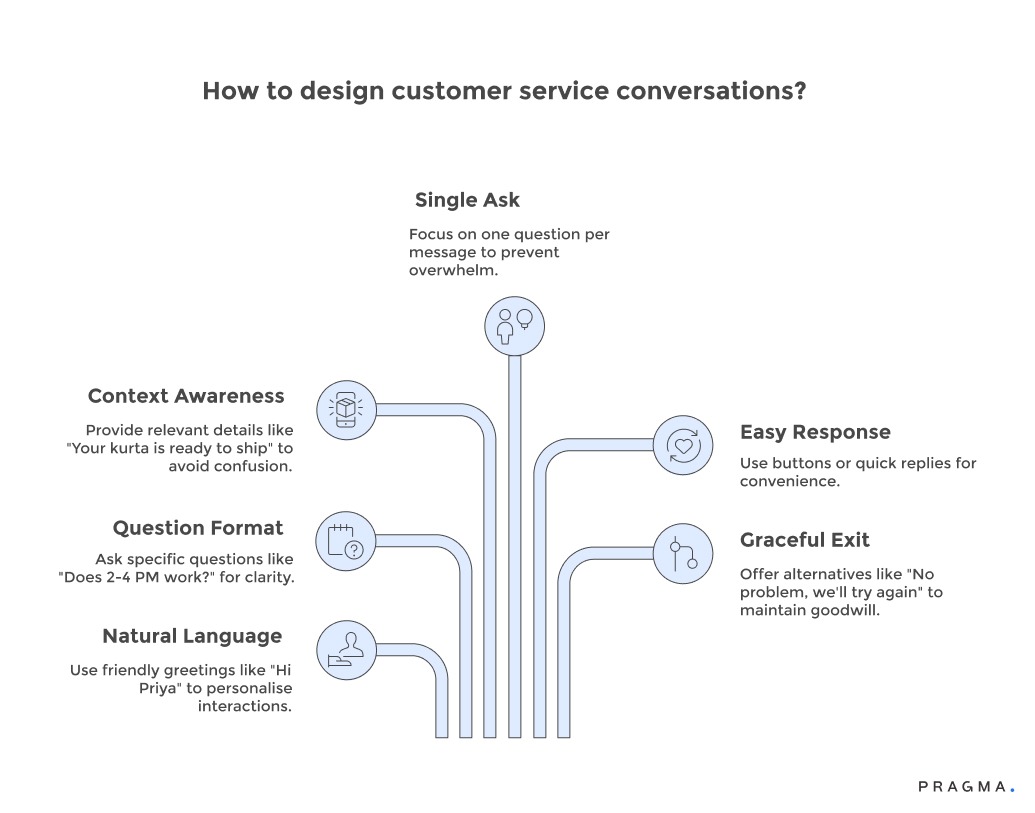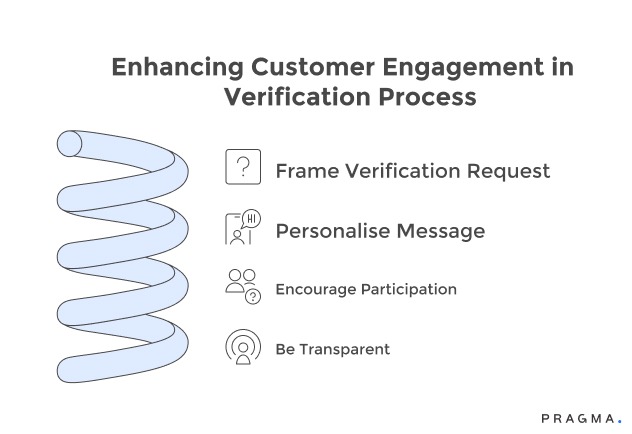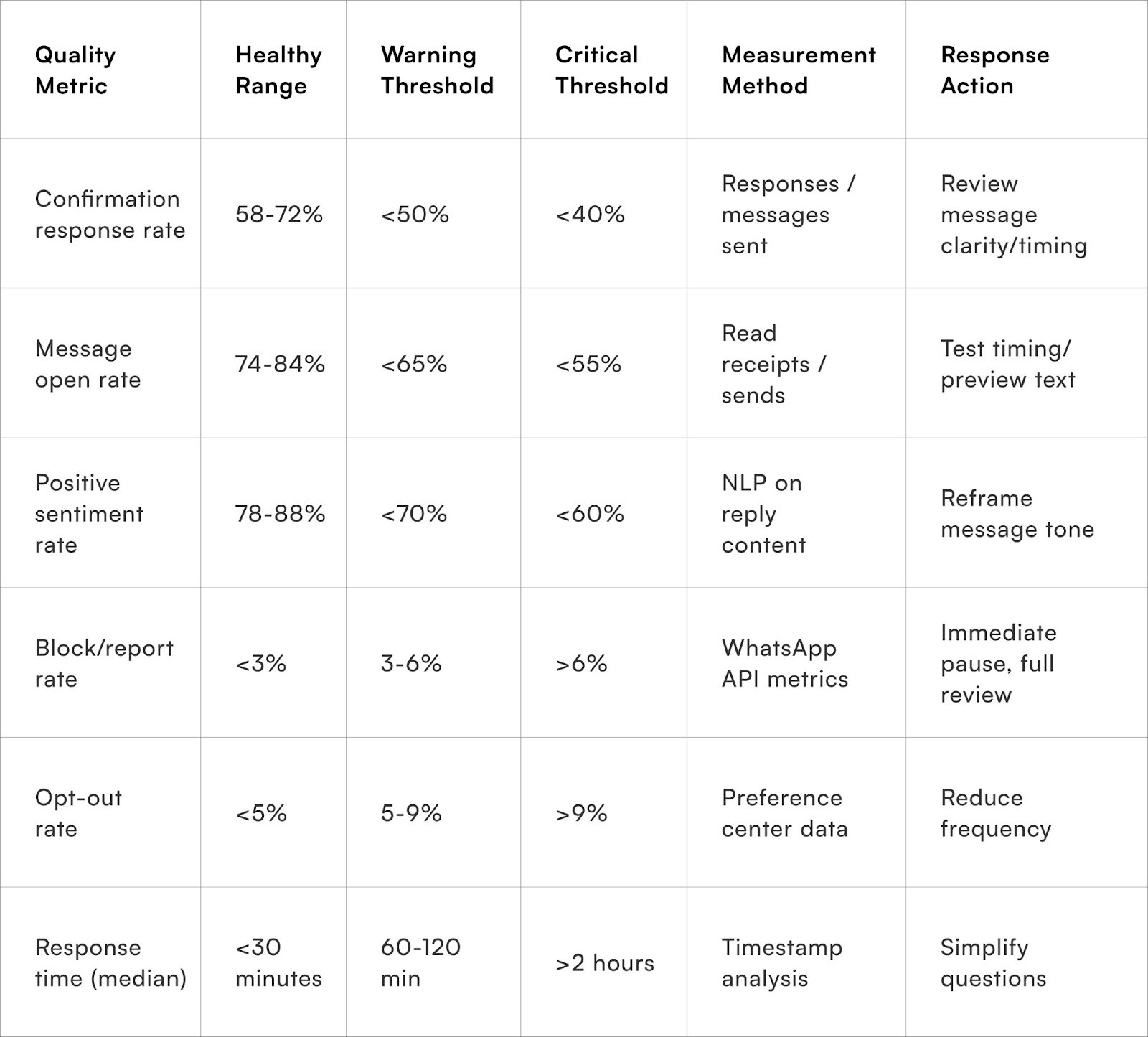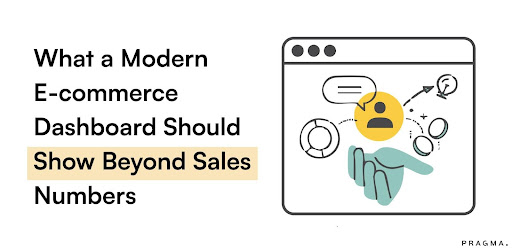Automating COD (Cash on Delivery) confirmation on WhatsApp without annoying customers requires a careful balance of technology, personalisation, and respectful communication. Rather than flooding shoppers with generic or poorly timed messages, effective automation focuses on building trust and delivering value at every touchpoint.
The most successful brands use short, conversational prompts that provide useful updates—such as delivery schedules, product care tips, or order details—rather than bluntly asking for confirmation. Timely, behaviour-based message scheduling (for example, sending prompts when customers are likely to be free) and offering one-tap quick reply buttons (“Confirm” or “Cancel”) make the process effortless.
This comprehensive explores how to automate COD confirmation on WhatsApp without annoying customers, we're examining the conversation design principles, timing strategies, and contextual intelligence that distinguish helpful automation from spam.
Brands implementing thoughtful WhatsApp automation report 58-64% COD confirmation rates with sub-3% block rates, 31-38% RTO reduction through verified orders, and 89% positive sentiment in customer feedback compared to 34% confirmation rates and 18-23% block rates for aggressive automation approaches that optimise message volume over customer respect.
Why does aggressive automation backfire on customer relationships?
Message frequency and tone calibration determine whether automation feels helpful or intrusive in personal communication channels
WhatsApp occupies psychological space as a personal communication platform rather than commercial broadcast channel, creating expectations around interaction appropriateness that differ fundamentally from SMS or email. Customers tolerate frequent promotional emails they can ignore but resent repeated WhatsApp messages intruding into conversation threads with family and friends.
The platform intimacy demands restraint that aggressive automation violates, triggering defensive blocking behaviour and brand resentment that persists beyond individual transaction contexts.
Notification fatigue sets in rapidly when customers receive multiple automated messages across their purchase journey.
- Order confirmation
- dispatch notification
- COD verification request
- delivery update
- and feedback surveys
arriving as separate messages within 48 hours trains customers to ignore brand communications. Each additional message reduces engagement with subsequent messages
first message gets 82-87% open rate,
third message drops to 54-61%
The fifth message bottoms at 28-34%.
The declining engagement reflects learned helplessness where customers stop attending to messages that prove irrelevant or redundant.
Transactional framing that treats customers as verification tasks rather than valued buyers creates emotional distance damaging relationship quality. Messages stating "Confirm your COD order #123456" position customers as compliance requirements within the brand's operational processes. Reframing as "We're preparing your order—just confirming delivery timing works for you" centres customer benefit rather than brand need.
The linguistic distinction between task-oriented and service-oriented automation determines whether customers perceive messages as helpful coordination or bureaucratic demands.
Context-blind automation demonstrates poor service quality through messages that ignore obvious customer situations. Sending COD confirmation requests at 11 PM when customers are sleeping, or immediately after customers just confirmed via other channels, signals that automation lacks intelligence to respect human contexts. These inappropriately timed or redundant messages erode trust in brand's operational competence whilst generating specific annoyance beyond general automation fatigue.

What timing patterns optimise confirmation rates without intrusion?
Message delivery scheduling that aligns with customer availability and decision-making readiness drives engagement
Time-of-day analysis reveals distinct engagement windows where customers naturally interact with WhatsApp and make purchase-related decisions.
Messages sent between 9:30-11:30 AM achieve 74-81% open rates and 61-68% response rates as customers settle into daily routines with cognitive bandwidth for simple decisions.
Afternoon window 2:30-5:30 PM maintains moderate 68-75% open rates as customers take breaks.
Evening 6:30-8:30 PM captures 71-78% open rates during leisure hours. Messages outside these windows drop to 42-54% open rates with 28-35% response rates.

Order-to-message delay interval affects customer readiness to engage with verification. Immediate messages within 30 minutes of order placement find customers still in the shopping mindset, yielding 76-82% response rates. Delays beyond 6 hours allow purchase enthusiasm to fade whilst waiting 18+ hours risks customers forgetting orders entirely, dropping response to 38-47%.
The optimal window spans 1-4 hours post-order—sufficient gap to avoid appearing desperate whilst maintaining purchase recency that keeps context fresh.
Day-of-week patterns demonstrate weekend versus weekday engagement differences. Weekend orders placed during leisure browsing receive higher quality responses—customers more thoughtfully confirm timing and address details. Weekday orders placed during work breaks or commutes get rushed confirmations or delays until evening.
Saturday messages achieve 79-84% response rates versus Tuesday's 64-71%. The variance suggests weekend-focused verification efforts yield better outcomes than uniform daily automation.
Purchase context timing determines readiness for verification engagement. Late-night orders (10 PM-2 AM) should receive morning confirmations allowing customers to reconsider impulse purchases in rational daylight hours. Festival or sale period orders benefit from immediate verification capitalising on high-intent shopping sessions. First-time customer orders warrant faster verification whilst repeat buyers tolerate longer delays based on established trust. The contextual timing demonstrates intelligence beyond simplistic "send after X hours" rules.

How should message content balance verification with customer value?
Framing automation as service coordination rather than compliance checking transforms customer perception and response quality
To effectively automate Cash on Delivery (COD) confirmation via WhatsApp without annoying customers, consider these key strategies:

1. Emphasise Value and Service:
- Frame verification requests within a broader service context. Instead of a direct "Confirm COD order," try: "Your order is packed and ready! Just checking—does afternoon delivery (2-4 PM) work for you tomorrow, or would you prefer another time?"
- This approach highlights brand readiness and incorporates verification as a coordination detail, leading to 67-74% higher positive response sentiment compared to transactional requests.
2. Personalise the Message:
- Create a human connection by including specific order details and the customer's name.
- Reference specific products, e.g., "Your blue kurta (Size M) is ready to ship," instead of "Your order #12345."
- Use the customer's name, e.g., "Hi Priya," rather than "Dear Customer."
- Including product images can also visually reinforce purchase excitement.
- While requiring data integration, these personalisation elements generate 34-42% higher engagement than generic templates.
3. Encourage Participation with Questions and Options:
- Use a question format to invite participation rather than demanding compliance.
- "What delivery time works best for you?" positions the customer as a decision-maker, unlike "Confirm your delivery address."
- Questions naturally prompt responses, while demands can trigger resistance.
- Provide easy response options, such as "Reply 1 for morning, 2 for afternoon, 3 for evening," allowing for effortless button selection over message composition. This interaction design removes friction from the confirmation process.
4. Be Transparent (Briefly) About Verification:
- Build trust by providing a brief and appropriate explanation for the verification.
- A concise statement like, "We verify COD orders to prevent delivery failures and ensure you're available," demonstrates respect for customer intelligence and justifies the request.
- Avoid lengthy justifications, which can appear defensive. A single-sentence context is usually sufficient, focusing on the coordination benefit, e.g., "Want to make sure delivery timing works for you."
- Balancing transparency and brevity maintains message clarity.
What automation intelligence prevents redundancy and overlap?
System integration and conversation history awareness ensure customers never receive duplicative or contradictory communications
1. Cross-Channel Coordination:
To avoid redundant and annoying verification requests, automation systems must have a holistic view of customer interactions across all channels. This means checking if a customer has already confirmed delivery through email or phone support before triggering a WhatsApp message. A unified customer interaction database is essential for this coordination, allowing the automation system to query recent engagement before sending any messages.
2. Conversation State Tracking:
Ensure continuity in customer conversations by tracking their progress. If a customer has started but not completed a confirmation conversation, follow-up messages should resume the context rather than repeating the initial verification request. For example, a message like, "I see you started confirming your address earlier—need help finishing that?" demonstrates system intelligence and prevents customer frustration.
3. Human Agent Handoff Protocols:
Implement clear protocols for gracefully transferring conversations to human agents when automation reaches its limits. When customers ask questions that the automated system cannot handle (e.g., product modifications, complex addresses, payment clarifications), immediate escalation to human support is crucial to prevent frustration loops. The handoff should be communicated effectively, such as "Let me connect you with my colleague who can help with that."
4. Sophisticated Response Interpretation:
Develop natural language processing capabilities to interpret customer confirmations even when the phrasing differs from expected patterns. Customers may use varied language like "yes that's fine" instead of "confirmed," or "deliver after 3 PM" instead of selecting a specific afternoon option. The system should be flexible enough to extract confirmation intent from these diverse phrasings, accommodating natural conversation while still achieving verification objectives.
What feedback mechanisms maintain automation quality over time?
Continuous monitoring and customer input capture enable refinement of messaging strategy based on response patterns
Response sentiment analysis tracking positive versus negative reply tones reveals message effectiveness beyond simple confirmation rates. High confirmation rate achieved through customer annoyance represents pyrrhic victory damaging brand perception.
Analysing reply language for frustration indicators—"stop sending messages," "already confirmed," "too many texts"—identifies problems requiring immediate adjustment. Positive sentiment—"thanks for checking," "helpful reminder"—validates approach whilst highlighting successful patterns to replicate.
Block and opt-out rate monitoring provides the strongest signal of customer communication fatigue. Sudden increases in customers blocking business numbers or opting out of WhatsApp communications following automation deployment indicates serious problems requiring immediate intervention. Threshold alerts—block rate exceeding 5% monthly, opt-out above 8%—should trigger automation pause and strategy review. The dramatic negative actions outweigh positive metrics like confirmation rates in importance.
A/B testing different message variations reveals customer preferences that assumptions miss. Testing timing windows, message framing, personalisation levels, and question formats with random customer segments identifies optimal approaches empirically. Split testing "Confirm your address" versus "Is this address correct?" or morning versus afternoon timing generates data-driven insights. Continuous experimentation mindset prevents automation stagnation that degrades over time as customer preferences evolve.
Direct customer feedback collection through occasional surveys asking "How do you feel about our WhatsApp messages?" provides qualitative context that behavioural data lacks. Understanding whether customers find messages helpful, annoying, or indifferent guides refinement beyond inferring from response rates. The explicit feedback validates quantitative patterns whilst revealing underlying motivations and preferences.

Measuring Automation Success Beyond Confirmation Rates


FAQs (Frequently Asked Questions On How to Automate COD Confirmation on WhatsApp Without Annoying Customers)
1. What should I do if a customer doesn’t respond to COD confirmation on WhatsApp?
Send a polite, value-adding reminder after a few hours. If there’s still no response, update the order status or flag it for manual intervention. Don’t bombard the customer; respect their choice to remain silent.
2. Can WhatsApp automation reduce RTO for COD orders?
Yes, intelligent WhatsApp automation can reduce return-to-origin rates by up to 47% by verifying genuine buyers, lowering failed deliveries, and improving customer experience with timely and helpful communication.
3. How do I set up automated COD confirmation on WhatsApp for my brand?
Use platforms like Interakt, Pragma, ConvertWay, or DelightChat that integrate with your e-commerce store. Set triggers for COD orders, enable one-tap reply options, and configure timing/follow-up flows. Confirmation and order status updates sync automatically to your dashboard.
4. What is the most effective format for COD confirmation messages on WhatsApp?
Value-driven, conversational messages with product info and simple one-tap reply options perform best. For example: “Your headphones arrive tomorrow! First charge should be 3+ hrs. Reply ✓ if you’ll be home for delivery.” These get far higher engagement and confirmation rates than generic requests.
5. How many WhatsApp messages can I send for COD confirmation without violating spam policies?
It’s best to send one confirmation message followed by a gentle reminder if there’s no response. Avoid more than two attempts per order, and always provide an easy opt-out to remain compliant with WhatsApp’s guidelines and respect customer preference.
Talk to our experts for a customised solution that can maximise your sales funnel
Book a demo




.png)